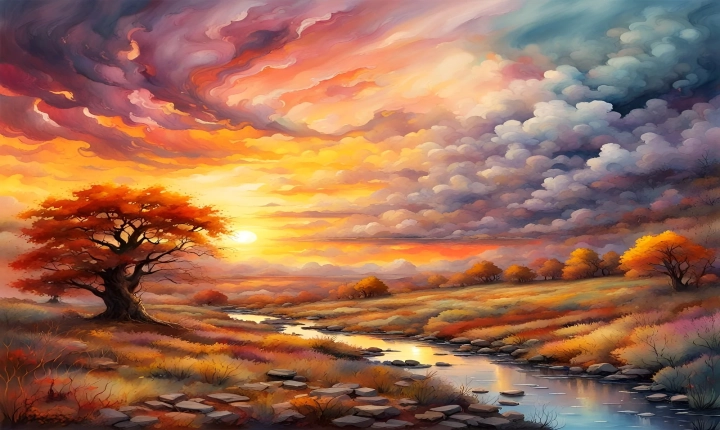Title: Can ChatGPT Make Graphics? Exploring Artificial Intelligence and Graphic Design
In recent years, artificial intelligence has made significant advancements in various fields, from language processing to image recognition. One area that has generated significant interest is whether AI can also be used for graphic design. As AI models such as ChatGPT continue to evolve, the question arises: can ChatGPT make graphics?
ChatGPT, a language model developed by OpenAI, is renowned for its ability to generate human-like text based on prompts provided by users. Its natural language processing capabilities have been widely applied in various tasks, including content generation, customer support, and conversational interfaces. However, the idea of using ChatGPT for graphic design might seem far-fetched at first.
At its core, graphic design involves the creation of visual content, typically through the use of software tools such as Adobe Photoshop, Illustrator, or Canva. It requires a deep understanding of design principles, color theory, typography, and layout. So, can an AI model like ChatGPT successfully emulate these skills to create compelling graphics?
While ChatGPT is primarily a text-based model, it is not inherently designed to generate visual content. However, researchers and developers have been exploring ways to integrate AI into graphic design workflows, with promising initial results.
One approach involves using ChatGPT to assist designers in generating design ideas, layout suggestions, or even text content for graphics. By providing specific prompts and design requirements, designers can leverage the language generation capabilities of ChatGPT to brainstorm concepts and refine their creative process.
Additionally, AI-powered tools such as DALL·E, also developed by OpenAI, demonstrate the potential for generating images based on textual prompts. DALL·E can synthesize images from textual descriptions, showing that AI has the potential to create visual content to some extent.
Despite these advancements, it’s essential to recognize the current limitations of AI in graphic design. While AI models like ChatGPT can offer valuable insights and suggestions, they still lack the deep understanding of visual aesthetics and human creativity that experienced designers bring to the table.
Furthermore, the ethical and legal considerations surrounding AI-generated graphics, particularly in commercial use, remain largely unexplored. Issues such as intellectual property rights, licensing, and the originality of AI-generated designs raise important questions about the role of AI in the creative process.
As AI continues to advance, the collaboration between humans and AI in graphic design is likely to evolve. By integrating AI-powered tools into their workflows, designers can leverage the strengths of AI to enhance their creativity and productivity while maintaining their own expertise to drive the artistic direction.
In conclusion, while ChatGPT and other AI models may not directly create graphics on their own, they can certainly play a supportive role in the graphic design process. By providing inspiration, generating ideas, and assisting with concept development, AI has the potential to augment the capabilities of human designers. As the technology continues to progress, the symbiotic relationship between AI and graphic design is an area to watch for future innovations.
